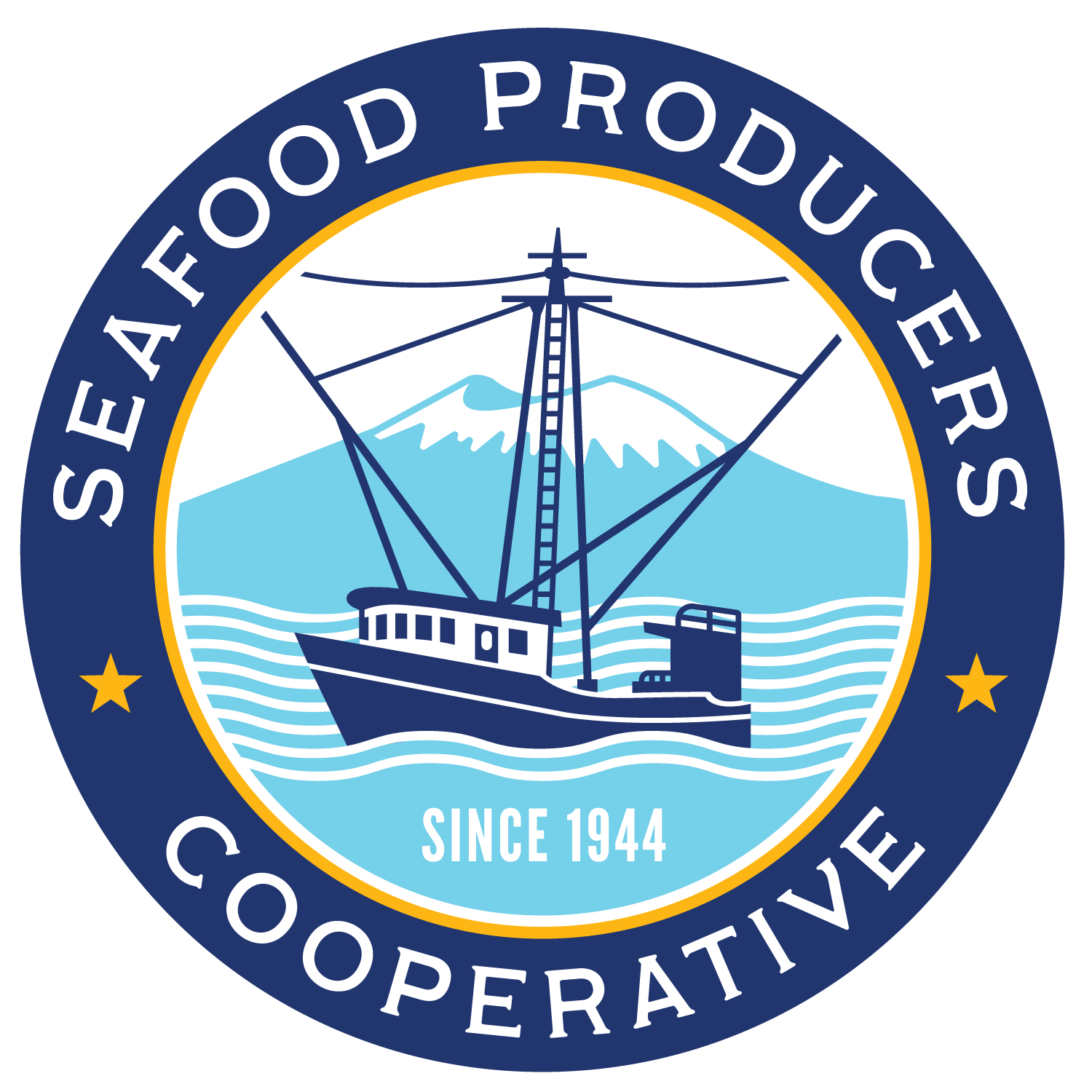the history of the co-op
Back in 1944, a group of halibut fishermen realized that the best way to ensure that their fish were delivered with quality from ocean to market and to safeguard the fairest price for their hard work was to start a company that they the fishermen owned. They formed what would become North America’s oldest and most successful fishermen-owned cooperative. What is now known by the Southeast Alaska fishing community as “the Co-op” started out as Halibut Producers Cooperative and processed halibut liver oil to produce vitamin A. The Co-op has now become a full-fledged organization that provides premium-quality seafood to purveyors of fine seafood across the globe.
Seafood Producers Cooperative produces premium quality hook and line-caught salmon, halibut, sablefish, albacore tuna, and rockfish under the Alaska Gold, Longliner and SPC brand names. These brands are recognized throughout the world for their reputation for quality.
With the advent of synthetic vitamins, Halibut Producers Cooperative moved away from vitamin A and created a food fish division in the 1950s. Soon after, the Co-op became known for its troll-caught salmon, which were and are prized by European smokers as the best salmon available. The Co-op became known for quality because as a fishermen-owned company, the fishermen owners put a tremendous amount of pride into each fish they caught. As more trollers joined, the Co-op began producing more salmon than halibut. The Co-op grew and by the 1960s had established buying stations in California, Washington, and Oregon, and purchased their own processing plant in Seward, Alaska.
On March 27, 1964 one of the most severe earthquakes in history struck Alaska. The Co-op’s plant in Seward disappeared into Resurrection Bay along with the entire waterfront of Seward in the wake of an unprecedented tsunami. With no earthquake insurance, the Co-op suffered an enormous loss. Although the Co-op survived the loss of the Seward plant, it took several years to recover both emotionally and financially from this disaster.
In 1979, a decision was made to build a new Co-op processing plant in Sitka. The $5 million facility was completed in 1981. Thus began a new era for the Co-op. In 1982, the Co-op’s fishermen Board of Directors voted to change the name to Seafood Producers Cooperative to better reflect the variety of seafood the Co-op produced. SPC started its own marketing department and for the first time in its history became a fully integrated company.
What makes SPC stand out is the fishermen/owner’s relentless commitment to quality and integrity, which starts on the boat and continues all the way to delivering fish to customers.



